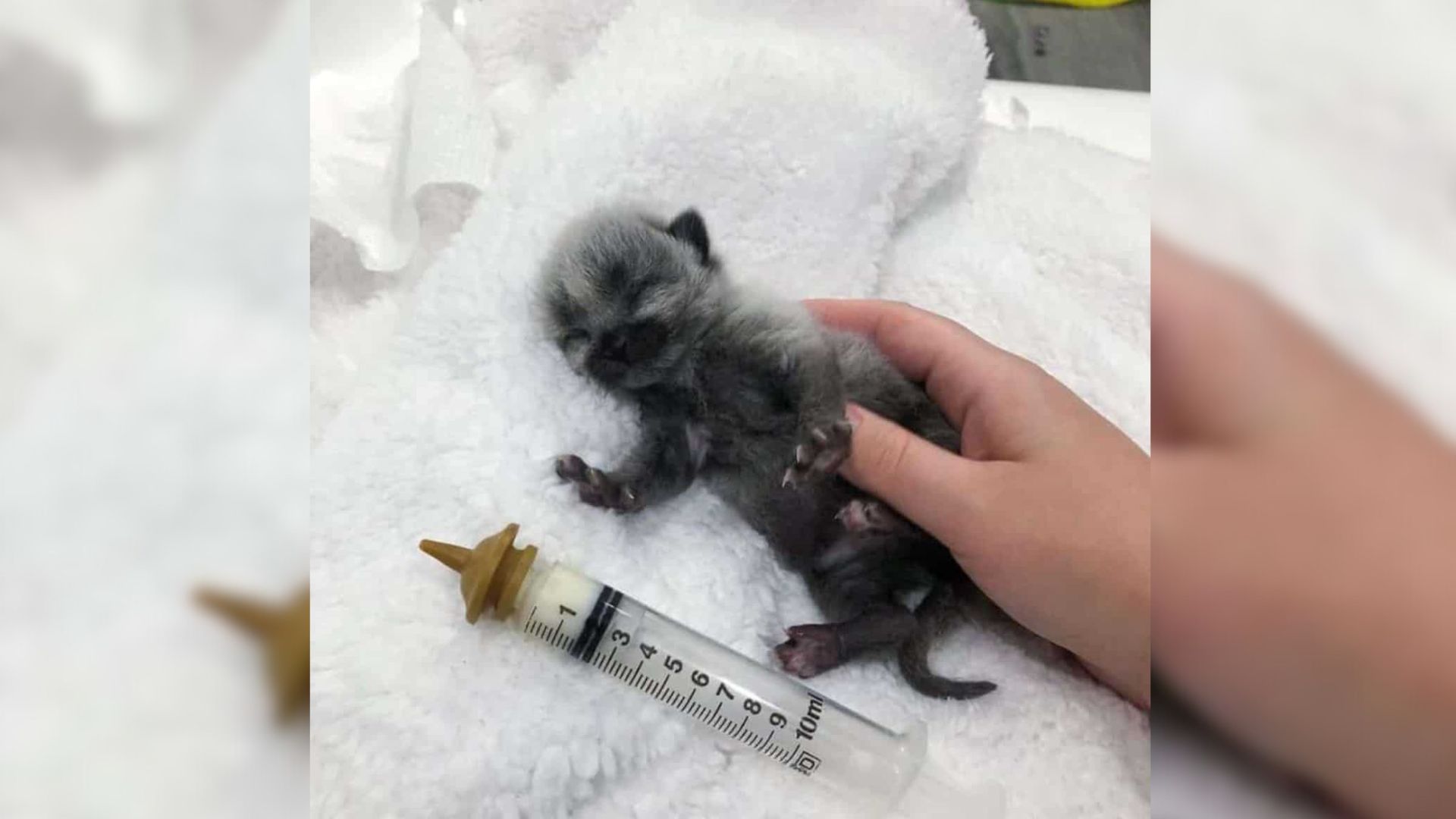Capybara is the world’s largest capybara species, first found in South America. Famous for their chubby bodies and lovely expressions, but few people know they also have many interesting secrets: strange diets, love of hot spring bathing,… Join us to find out!
Capybara are incredibly curious and bold creatures. In the wild, photographers will often encounter the image of a fat mouse “swimming” on a crocodile’s back or squinting its eyes in satisfaction while soaking in cool water.
In recent months, Capybara’s image has appeared all over the internet and quickly “captured the hearts” of audiences with his cute and somewhat silly expressions.
So, are you curious about what the daily life of a Capybara is like? What interesting secrets do they have waiting for us to discover?
Capybara is the world’s largest rodent
The capybara’s closest relatives are the capybara and the otter because all three are classified by scientists as rodents. In terms of biological structure and living habits, capybaras have many similarities with their “cousins”. Their bodies have a thick layer of fat and fur to keep them warm, along with a thin membrane on the feet to help them easily move and find food in the water.
Surprisingly, adult Capybara can weigh from 35 to 70 kilograms and females are often much larger than males. If placed on a comparative scale, the weight of a capybara in ideal growing conditions will be twice as big as a beaver and nearly equal to the weight of an adult.
Capybara has a ‘unique’ diet
Similar to rodents, Capybara’s teeth constantly grow longer, forcing them to constantly sharpen them by eating seaweed, water grass and other river and lake plants. In captivity, capybaras also expand their diet with favorite vegetables and fruits such as watermelon, pumpkin, kale, etc. It is estimated that they can consume about 2 servings a day. -4kg of food without any harm.
However, a little-known fact is that Capybara species possess a poor digestive system compared to an “all-vegetarian” diet, so they cannot absorb all the nutrients at the first meal. Every morning, capybaras will eat their waste, which is rich in protein, to absorb nutrients in the second digestion.
Capybara is ‘enchanted’ with hot springs
Scientists or animal photographers have many times caught the moment a Capybara is comfortably soaking in water. Even in the Amazon River basin (South America) with countless dangers lurking from predators such as giant pythons or eagles, capybaras still carefreely gather and swim in groups.

The above example shows that this rodent has a strong passion for rivers, swamps and even hot springs. At Japanese zoos where there are large natural hot spring systems, visitors can easily see images of Capybaras huddled together under the stream with extremely satisfied expressions.
Capybara is the ‘foreign minister’ of the animal world
You heard right, Capybara is so friendly that they were given the title “minister of foreign affairs” of the animal world by the online community.

Capybaras not only have the habit of living in groups, raising their young together, but they are also extremely close to other small animals. In the wild, Capybara has a close relationship with the yellow-headed Caracara falcon. The kestrel helps the Capybara eliminate insects and parasites, while the Capybara provides food and lets the falcon “hitchhike” everywhere.

In addition, capybaras are also famous as “tough” animals as they are not afraid to climb on the back of crocodiles to hitchhike across the river. This interesting image has caught the lens of many photographers and quickly spread throughout the Internet.
The Capybara family communicates with each other with a special voice
It looks benign and a bit taciturn when soaking in water all day, but Capybara is definitely not a lazy animal to communicate.

On the contrary, they use a special “language” system with sounds that have different meanings to communicate with their peers. From warning of danger, signaling changes in direction, to taking care of their young, capybaras will make sounds such as teeth clicking, “whimpering”, “squeaking”,…
Capybara live longer in captivity
The average lifespan of a natural capybara is about 7-10 years due to negative impacts from the environment and threats from predators.
Capybara are in danger when living on land and in water because many large carnivores eat them as their main food. South American leopards and eagles are the two “number one enemies” of capybaras when living on land. In addition, they also have to be wary of the giant Anaconda python that often stalks baby Capybara.
When tamed and raised by humans (in zoos, at home, etc.), the average lifespan of capybaras increases significantly. They can live up to 12 years, twice the average age when living in the wild.
Capybara was once confused with a fish
In the 18th century, humanity began to set sail on long voyages to discover new lands and creatures. When arriving in America, European (Spanish) missionaries discovered Capybara and many “strange” animals whose names they did not yet know.

It is unclear whether due to food shortage or some other reason, these missionaries broke out in a debate about whether Capybara meat could be eaten during Lent. They wrote letters back to Rome, describing the meat of this species as having a salty and fishy taste similar to sea fish. The Pope, having never seen this animal, quickly issued a decree declaring the capybara a fish and allowing his subjects to eat it.

That’s why Native Americans still practice eating capybara meat to this day.
Capybara ‘went on a road trip’ to Florida, USA
In the early 1990s, Americans first encountered capybaras when they were roaming in the state of Florida, USA. Speculation is that the Capybara may have escaped from a private zoo or an American family and quickly bred. Currently, there are about 100 capybaras living in Florida and authorities are concerned they will become an invasive species.






